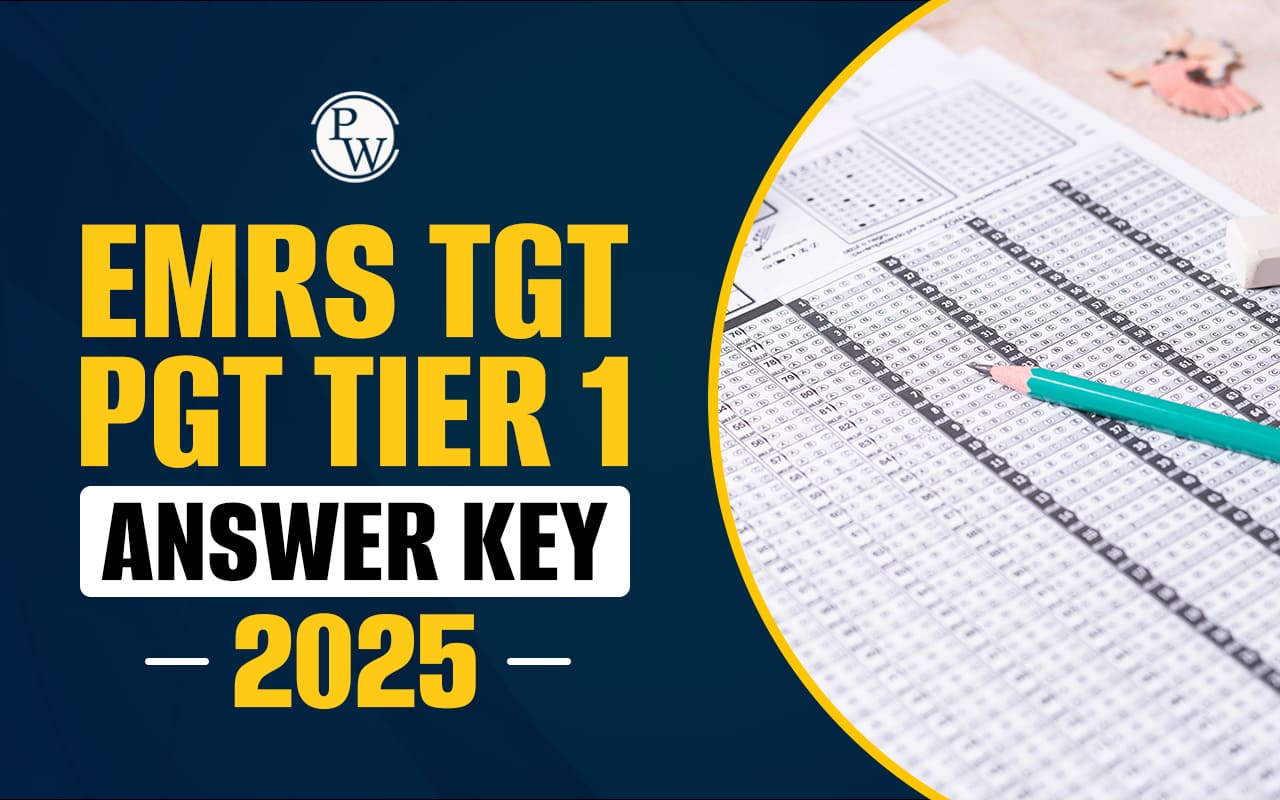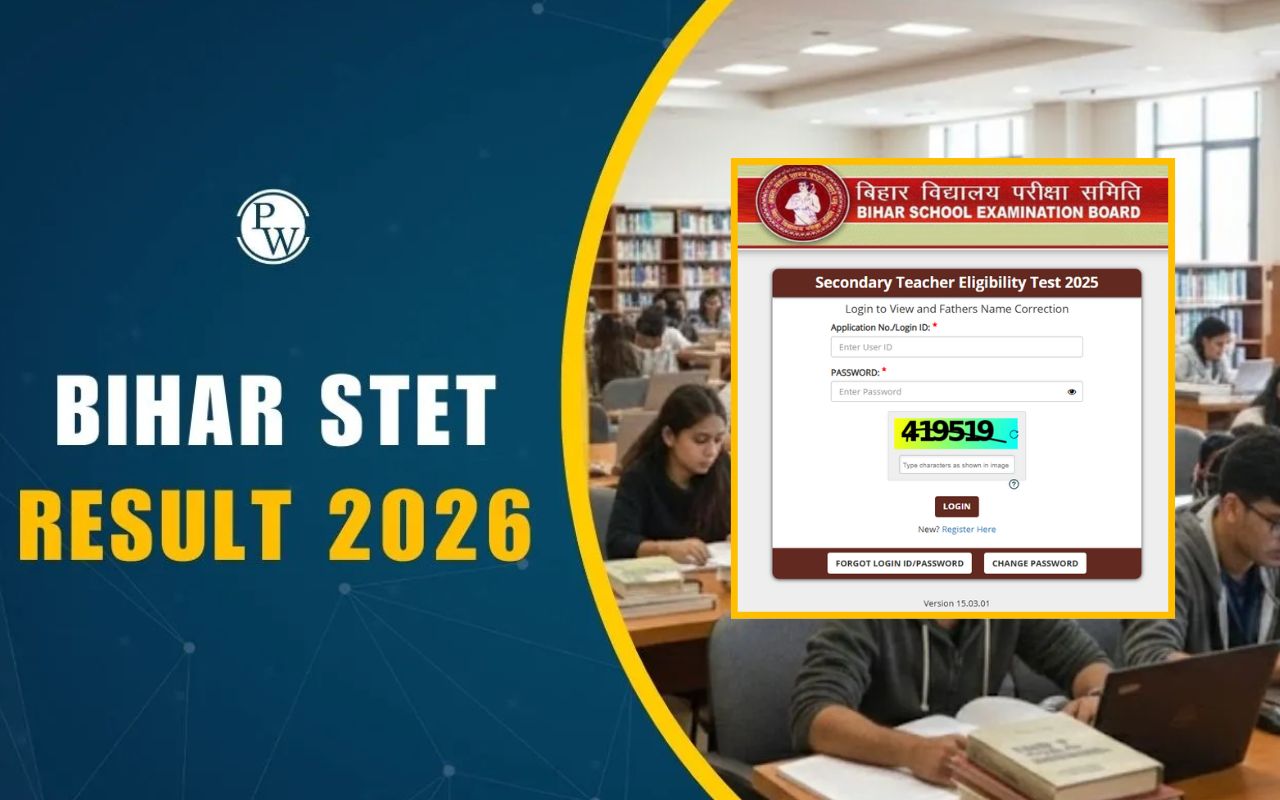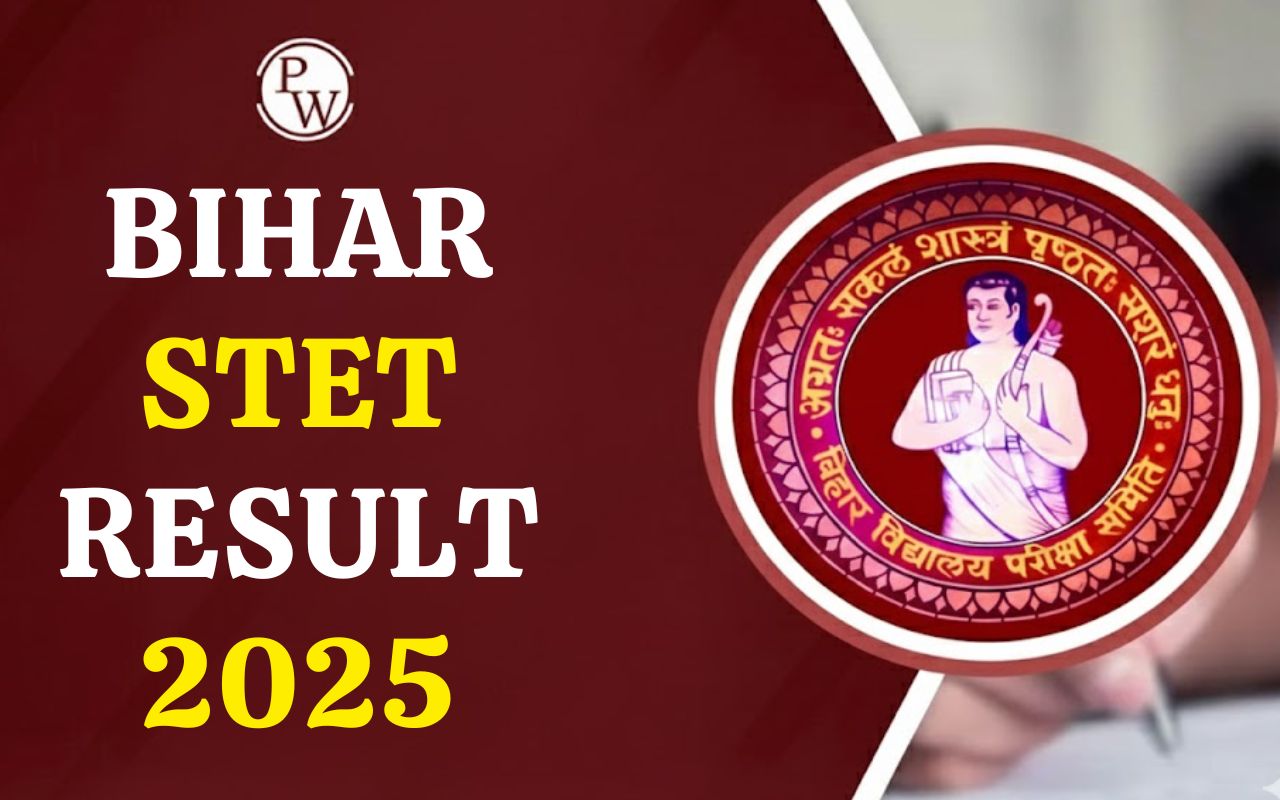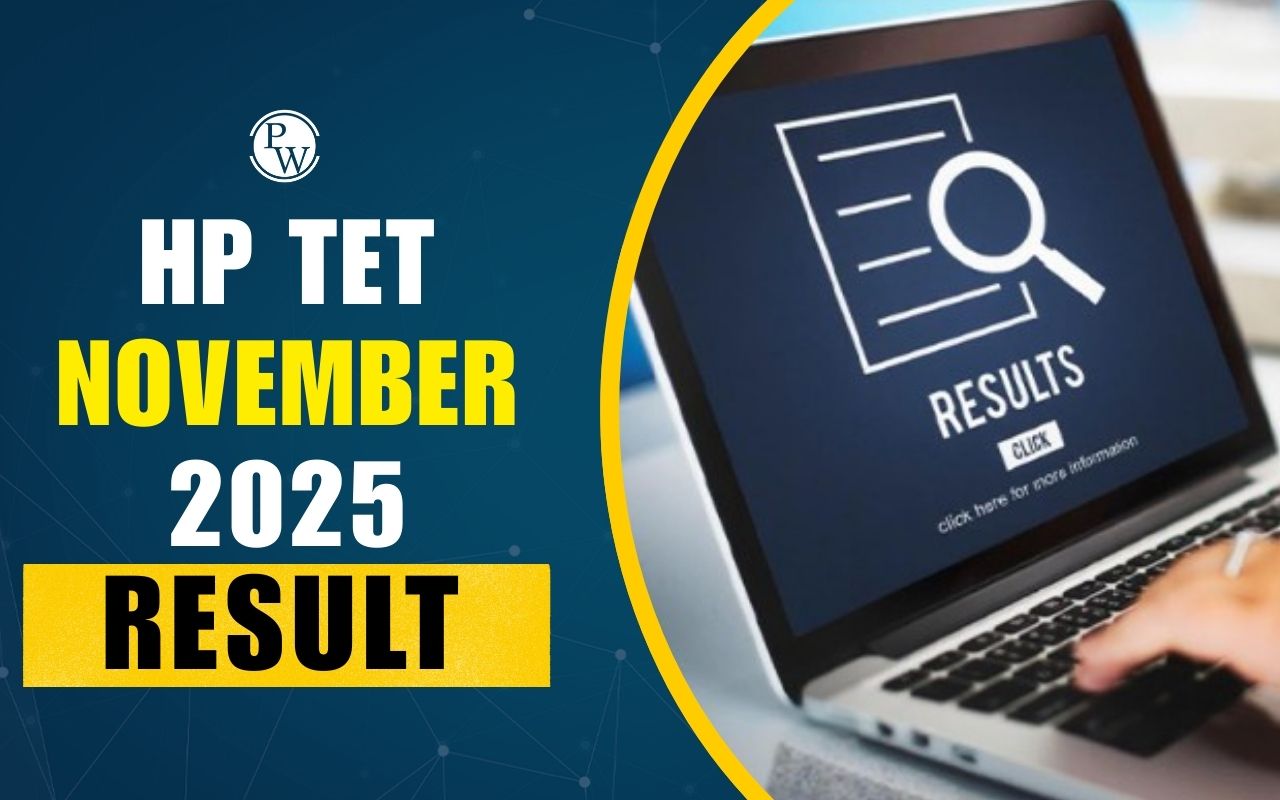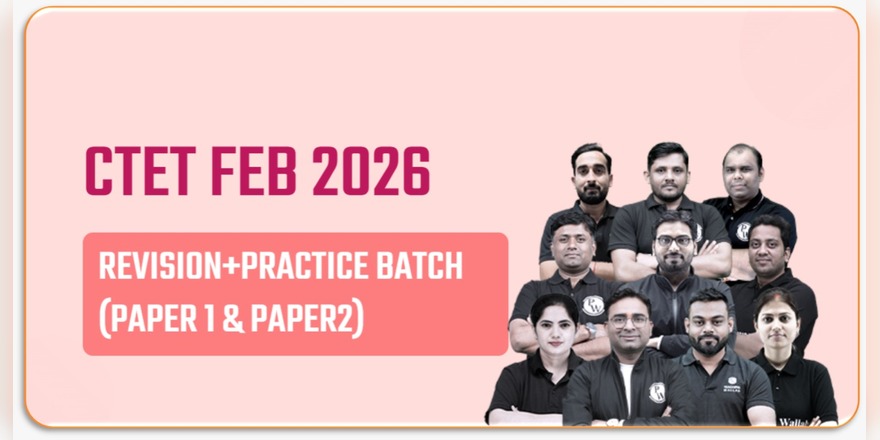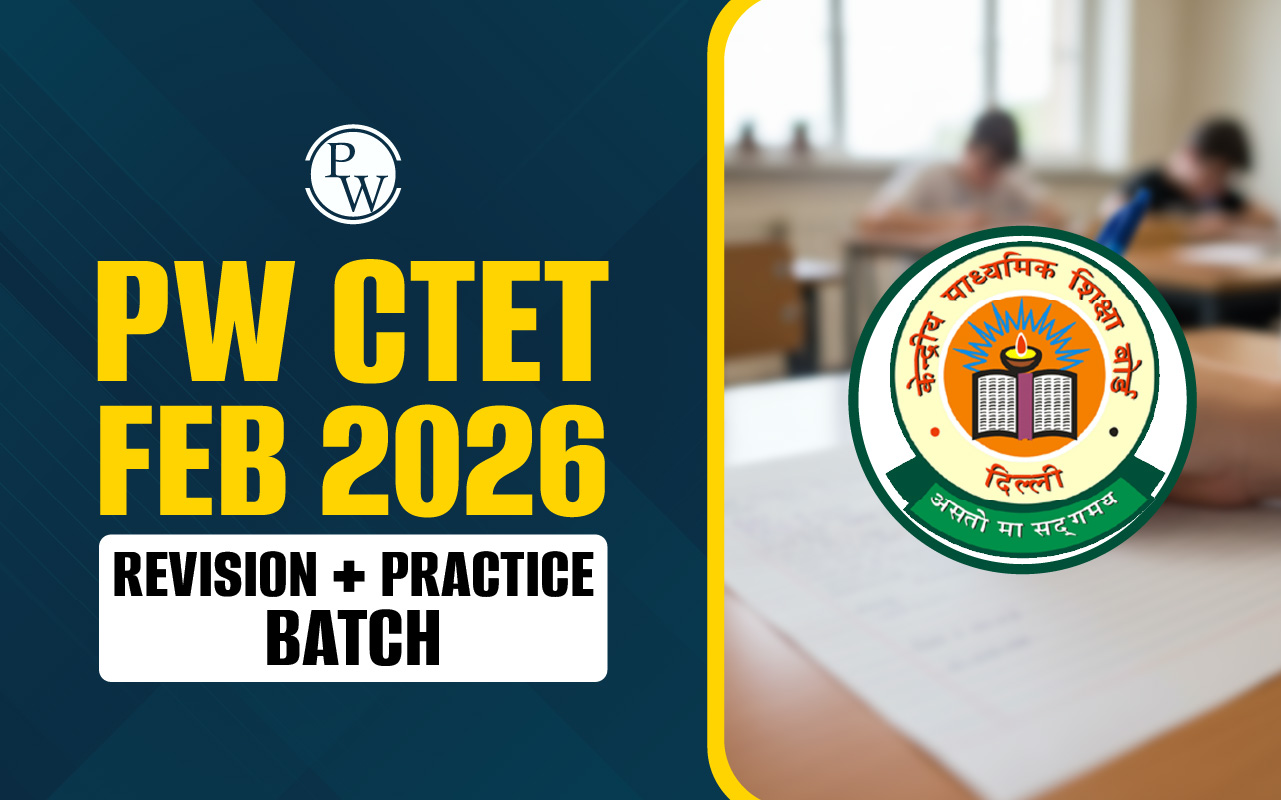
WBSSC SLST Geography Syllabus 2025: WBSSC SLST Recruitment 2025 has been officially started after the release of the notification. Students interested in pursuing a teaching career as an Assistant Teacher can apply and start with the exam preparation. WBSSC SLST Geography Syllabus 2025 has been provided for the students. They can review the syllabus topics, to begin with the Assistant Teacher Written Test. No official date has been announced for the exam. It has been expected that the WBSSC SLST Exam to be held in the first week of 2025. Don’t forget to take time and check the WBSSC SLST Exam Pattern 2025. It is available for the students in the WBSSC SSLST Notification 2025.
WBSSC SLST Exam 2025 will be held on two dates: 7th September 2025 for Classes 9 and 10, and 14th September 2025 for Classes 11 and 12. Both exams will be conducted offline in a single shift from 12 noon to 1:30 pm. The exam is for recruiting Assistant Teachers for Secondary and Higher Secondary schools in West Bengal. The application deadline was 21st July 2025, and the exam schedule was officially announced on 24th July 2025
WBSSC SLST Geography Syllabus 2025
WBSSC SLST Geography Syllabus 2025 is important for the aspirants preparing for the exam. A set of MCQ questions to be covered in the test. Begin with the paper preparation by reviewing the topics to be covered from the Geography syllabus. Then, take note of the WBSSC SLST Exam Pattern 2025. It provides all the details regarding the SLST Test to be conducted in the 1st Week of September 2025. WBSSC SLST Exam 2025 preparation begins only when students know what topics are covered in the paper. They can make an SLST Exam Study Schedule to revise and solve questions accordingly.
WBSSC SLST Geography Syllabus 2025 Overview
West Bengal Central School Service Commission has released the WBSSC SLST Notification 2025 online. It is the beginning of the Assistant Teacher Recruitment for 35,726 posts in West Bengal. A written Test is an entry in the recruitment process. Geography subject is covered in the exam. Students can review the table to know the paper-related things regarding the WBSSC SLST Geography Syllabus 2025.
| WBSSC SLST Geography Syllabus 2025 Overview | |
| Exam Conducting Authority | West Bengal Central School Service Commission (WBSSC) |
| Post Name | Assistant Teacher |
| Total Posts | 35,726 Vacancies |
| Exam Date |
7th and 14th September, 2025 |
| Selection Process |
|
| WBSSC SLST Exam Date 2025 | 1st Week of September (Expected) |
| Official Website Link | https://www.westbengalssc.com/ |
WBSSC SLST Geography Syllabus PDF
WBSSC SLST Geography Syllabus PDF is available for the students in a downloadable file format. They can take a look at the list of topics to be covered in the Written Test. Meanwhile, they get access to download the WBSSC SLST Geography Syllabus 2025. It can be kept as a record for the aspirants. Anytime they want to review the syllabus topics. They can check the downloaded syllabus file to know the Geography topics.
WBSSC SLST Geography Syllabus 2025 Topics
Geography section covered Geo-Tectonics, Geomorphology, Geographical Thoughts, Biogeography, and Human Geography topics. For a better understanding of students, the WBSSC SLST Geography Syllabus 2025 has been provided in a tabular format. Students can review the main topics and the details associated with the topics for a better understanding of the preparation journey.
| WBSSC SLST Geography Syllabus 2025 Topics | |
| Topic | Details |
| Geo-Tectonics | Earth’s Crust (Composition and Layering); Rocks (Origin, Types and Characteristics); Folds and Faults (Types and Landforms); Mountain Building and Plate Tectonics; Continental Drift; Isostasy; Earthquakes (Causes and Effects); Volcanoes |
| Geomorphology | Lithology and Landform; Weathering; Mass Wasting; Evolution of Slope; Hydrological Cycle; Run-off, Landform and Process (Fluvial, Glacial, Wind, Karst and Marine); Cyclic and Non-Cyclic concepts; Landscape Evolution; Geomorphic hazards |
| Geographical Thoughts | Approaches to Geographical Studies (Deterministic, Possibilistic, Quantitative Revolution, Welfare, Societal, Behavioral, Radical Schools, Functional, Structural, Materialistic, Ecological, Regional and Systematic); Concept of Space (Points, Distances, Interactions, Organization, Regions); Emergence of Welfare Geography |
| Climatology | Composition of the Atmosphere; Global Warming and Possible Consequences; Greenhouse Effect; Elements and Factors of Climate; Insolation; Heat Belts; Pressure Belts; Planetary Wind System; Jet Stream; Humidity and Precipitation; Cyclones and Anticyclones; Air Mass; Monsoon; Thunderstorms; Climatic Hazards; Climatic Classification – Koppen’s and Thornthwaite’s Schemes |
| Biogeography | Soils (Factors and Processes of Formation, Soil Profiles, Physical and Chemical Properties); World Soil Groups (Zonal, Azonal, Intra-Zonal); Soil Erosion and Conservation; Plants (Factors of Plant Growth, Major Types of Natural Vegetation, Environmental Relations); Forest Conservation; Social Forestry; Biodiversity; Animal Communities |
| Environmental Geography | Ecosystem (Principles and Components, Energy Flow, Food Chain, Food Web, Biogeochemical Cycles); Biomes (Concepts, Types, Ecological Adaptation); Environmental Degradation and Hazards; Management and Conservation; Meaning of Natural Environment; Man-Environment Relationship; Natural Regions and Environmental Adaptation of Human Life; Economy and Society |
| Economic Geography | Resources (Concept and Theories, Creating Factors and Processes, Classification, Utilization Processes, Technology and Environmental Quality); Economic Resources (Classification and Significance); Forms of Economy; Resource Utilization Activities (Lumbering, Dairy Farming, Fishing, Mining, Power Generation, Agriculture, Industry); Models of Economic Systems; Theories of Location of Economic Activity; World Economy Ranking; WTO and International Trade; Economic Disparity and Social Inequality; Sustainable Development and Globalization |
| Human Geography | Population (Growth, Distribution, Age-Sex Composition, Occupational Resource); Characteristics of World’s Human Resource; Theories of Population Growth; Food Security; Unemployment; Work Participation; Gender Issues; Social Well-being |
| Regional Geography of India | Relief; Drainage; Climate; Soil; Forest Resources; Mineral Resources; Power Resources; Irrigation; Agriculture; Industry; Population; Trade and Commerce; Transport; Basis of Regional Divisions of India (Physical and Economic); Concept, Nature, Type, Scale, and Dimensions |
| Cartographic Techniques | Scale; Techniques of Data Representation; Map Classification and Interpretation; Thematic Mapping; Principles and Methods of Projection; Elementary Surveying and Levelling (Chain, Compass, Dumpy Level, Theodolite); Statistical Techniques for Geographical Data Analysis; Aerial Photo and Satellite Imagery Interpretation; Remote Sensing and GIS |
WBSSC SLST Exam Pattern 2025
WBSSC SLST Written Test is an offline paper that covers 60 MCQ questions to be attempted by filling in the sheet in OMR format. Students get 1 hour to solve 60 questions in the exam, as mentioned in WBSSC SLST Notification 2025. Candidates can check the information featured in the WBSSC SLST Exam Pattern 2025. No negative marking is for the wrong answers attempted in the offline paper.
| WBSSC SLST Exam Pattern 2025 | |
| Mode | OMR-based, Offline |
| Number of Questions | 60 MCQs |
| Marks per Question | 1 |
| Total Marks | 60 Marks |
| Duration | 1 Hour |
| Negative Marking | No negative marking |

